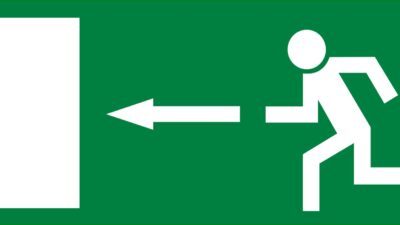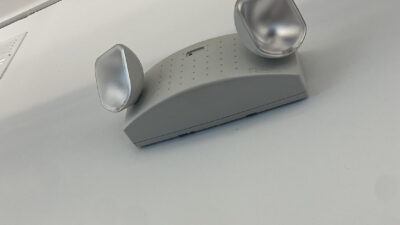Many engineers and lighting designers understand proper outdoor luminaire selection, but do they understand that selecting the proper poles to support these luminaires requires careful analysis? Proper pole selection is based not only on lighting application needs, but also on structural loading imposed on the pole by the luminaire and arm.
Many engineers and lighting designers understand proper outdoor luminaire selection, but do they understand that selecting the proper poles to support these luminaires requires careful analysis?
Proper pole selection is based not only on lighting application needs, but also on structural loading imposed on the pole by the luminaire and arm. First, however, it is helpful to understand some of the terminology, such as steady wind velocity, gust velocity, effective projected area, special wind region and maximum weight. Then, a step-by-step procedure is followed to select the proper pole for the project’s particular requirements.
Steady wind velocity is the maximum steady wind velocity, expressed in miles per hour, likely to occur in a specific location. For the wind velocity in your region, refer to the isotach map shown in the applicable code for the region.
Gust velocity is a momentary increase in wind causing a whipping action. Most manufacturers’ calculations include a 1.3 gust factor over a steady wind velocity. This means that a pole designed to withstand winds of 70 mph will withstand gusts to 91 mph.
Effective projected area is the exposed surface area of a luminaire or arm multiplied by a shape factor, which varies depending on the luminaire or arm. For example, a large rectangular luminaire will present more resistance to the wind than a cylindrical shape.
Special wind regions such as mountainous areas and areas surrounding the Great Lakes exhibit wind velocities considerably higher than the surrounding areas. Consult local authorities to determine maximum wind velocities and select equipment accordingly.
Maximum weight is the maximum allowable total weight the pole is capable of supporting. Its value is determined by the total weight of the luminaires and arms for the application requirements.
With an understanding of the above parameters, follow a step-by-step procedure to select a pole:
Determine the site location and steady wind velocity by referring to an isotach map shown in the applicable code in the region.
Total the EPA for the required luminaires and arms.
Total the weight of the luminaires and arms.
Compare steps 2 and 3 with the maximum allowable EPA and weight as shown for the style, material and height of pole required. The maximum allowable must be equal or exceed the totals from steps 2 and 3. For example:
Site location is Chicago, where wind velocity = 90 mph.
Total EPA for luminaires and arms = 3.4 + 3.4 + 0.3 + 0.3 = 7.4 sq. ft.
Total weight of luminaires and arms = 77 + 77 + 6 + 6 = 166 lbs.
Maximum allowable EPA of pole = 9.7 sq.ft.; Maximum allowable weight of pole = allowable EPA x 30 = 9.7 x 30 = 291 lbs.
Because the maximum allowable EPA and weight of pole are greater than the total EPA and weight of luminaires and arms, the pole selection is appropriate.
Factors in Light Pole Selection
%%POINT%% Steady wind velocity is the likely wind speed in a given locale. Gust velocity is a momentary burst.
%%POINT%% Effective projected area is exposed luminaire surface multiplied by shape factor.
%%POINT%% Special wind regions exhibit higher velocities than surrounding area.
%%POINT%% Maximum weight is total allowable weight that a pole can carry.



